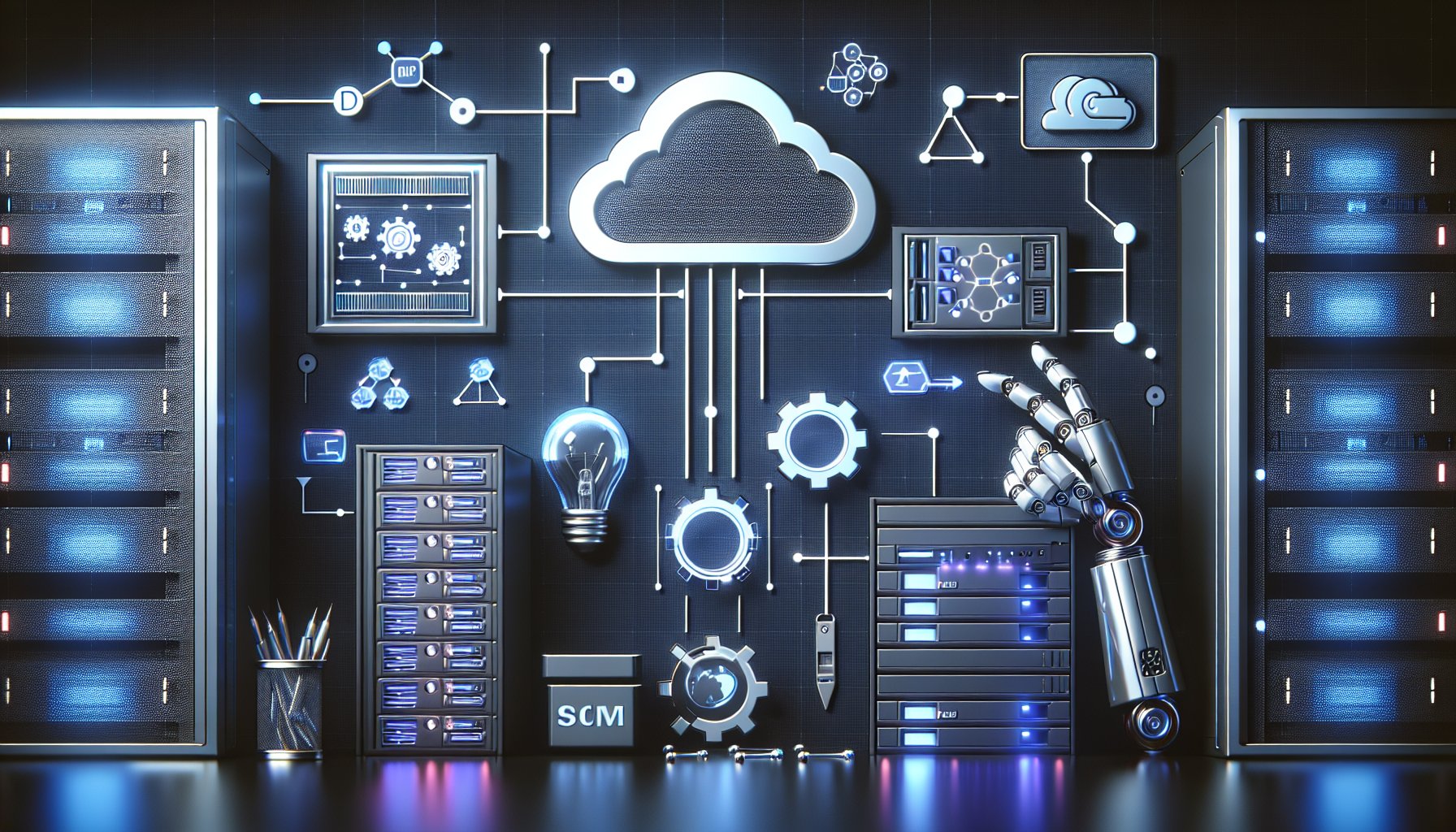Introduction
The world of DevOps is ever-evolving, with new methodologies and tools that push the boundaries of what businesses can achieve. This blog post will explore cutting-edge DevOps practices that are redefining IT development and operations in 2025 and beyond.
Microservices Architecture
Microservices have become the foundation for creating scalable and robust applications. They allow for the development of small, isolated services, which can be independently developed, deployed, and scaled. This architectural style drives efficiency and speed, playing an integral role in modern DevOps practices.
Containers and Orchestration
Containers are the backbone of modern microservices architectures. They provide an isolated environment where applications can run with their specific dependencies. Docker is a leading container platform that has revolutionized the way applications are packaged and distributed.
Managing multiple containers can be a complex task. Kubernetes has emerged as the go-to platform for container orchestration, automating deployment, scaling, and management of containerized applications.
Continuous Integration/Continuous Deployment (CI/CD)
CI/CD is a crucial part of modern DevOps practices. Continuous Integration encourages developers to integrate code into the main branch frequently, ensuring early detection of integration bugs. Continuous Deployment, on the other hand, involves the automated deployment of code to production environments, reducing the time-to-market and making the release process more reliable.
Infrastructure as Code (IaC)
Infrastructure as Code is a practice where the infrastructure is managed and provisioned through code, enabling developers to automate the process. Tools like Terraform and Ansible have gained popularity due to their ability to manage and configure infrastructure efficiently.
GitOps
GitOps is a paradigm that uses Git as the single source of truth for both development and operations. It allows developers to use familiar tools like Pull Requests for infrastructure management, leading to better review processes and increased velocity.
AI-Driven Development
Artificial Intelligence (AI) is making its way into DevOps, driving faster and more accurate decision-making. AI can help predict system anomalies, automate routine tasks, and enhance overall system performance. AI-driven development will be a significant trend shaping the future of DevOps.
Conclusion
As we venture further into the era of digital transformation, these modern DevOps practices will continue to evolve. To stay ahead of the curve, it is crucial to embrace these methodologies, tools, and technologies. By harnessing the power of modern DevOps practices, businesses can accelerate their digital innovation, providing more value to their customers and staying competitive in the ever-changing IT landscape.
